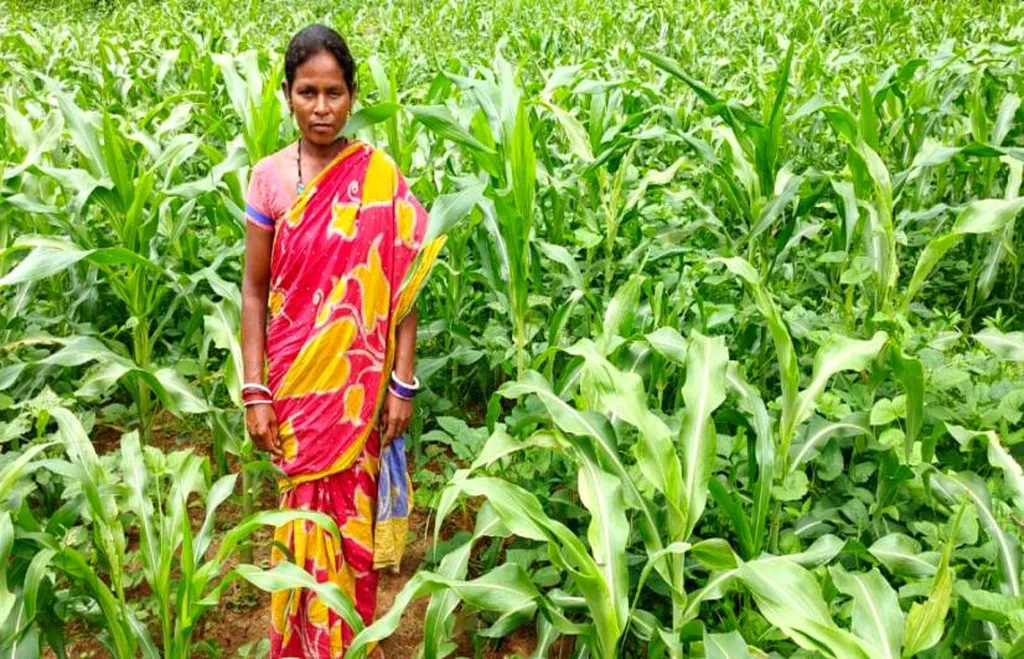In the heart of Odisha, India, a quiet revolution is taking place, one that could reshape the future of sustainable agriculture and empower tribal communities. A recent study published in the journal ‘Frontiers in Sustainable Food Systems’ (which translates to ‘Frontiers in Sustainable Food Systems’) sheds light on the intricate balance between traditional knowledge and modern ergonomic efficiency in millet farming. Led by Rajendra R. Chapke, the research offers a compelling narrative that could influence policy and practice in the agritech sector.
Millets, often overshadowed by more popular grains, are making a comeback as a sustainable crop, particularly in tribal regions like Koraput, Odisha. These hardy grains require less water and are more resilient to climate change, making them an ideal choice for sustainable farming. However, the traditional methods of millet farming, while ecologically sound, come with a significant ergonomic burden, particularly for women who bear the brunt of post-harvest tasks.
The study, which employed a mixed-methods approach, involved 100 tribal farmers from three villages. It revealed that tasks such as threshing and flour making have a drudgery index of 84.63 and 71.62 respectively, indicating a very high physical strain. “The traditional practices, while sustainable, impose a substantial physical toll on the farmers, especially women,” notes Chapke. This finding underscores the need for gender-sensitive ergonomic innovations that can reduce drudgery without compromising the ecological benefits of traditional methods.
One of the most striking findings of the study is the underutilization of improved tools that could significantly reduce the physical strain on farmers. Despite the availability of these tools, they remain largely unused due to affordability, limited access, and cultural preferences. This presents a unique opportunity for the agritech sector to develop and promote affordable, culturally acceptable, and women-friendly equipment.
The study also highlights the importance of integrating validated indigenous traditional knowledge with modern ergonomic innovations. This approach not only enhances sustainability but also empowers farmers, particularly women, by reducing their physical burden. As Chapke puts it, “Reducing drudgery while preserving traditional knowledge is key to resilient and inclusive millet-based farming systems.”
The implications of this research extend beyond the agricultural sector. The energy sector, for instance, could benefit from the promotion of millet-based farming systems. Millets require less water and are more resilient to climate change, making them an ideal choice for sustainable farming. Moreover, the promotion of millet-based farming systems could contribute to the achievement of several Sustainable Development Goals, including zero hunger, gender equality, and climate action.
In conclusion, the study by Chapke and his team offers a compelling narrative that could shape the future of sustainable agriculture. By integrating indigenous traditional knowledge with gender-sensitive ergonomic innovations, we can enhance sustainability, empower farmers, and contribute to the achievement of the Sustainable Development Goals. The agritech sector has a unique opportunity to lead this change, promoting affordable, culturally acceptable, and women-friendly equipment that can reduce drudgery and enhance farmer wellbeing. As we look to the future, let us remember the words of Chapke: “Reducing drudgery while preserving traditional knowledge is key to resilient and inclusive millet-based farming systems.” This is not just a call to action for the agricultural sector, but for all of us who believe in the power of sustainable and inclusive development.

